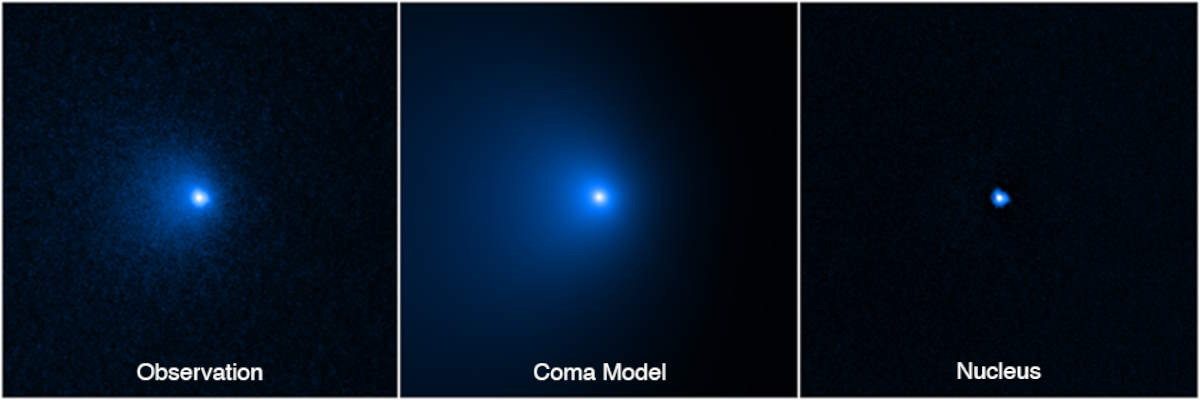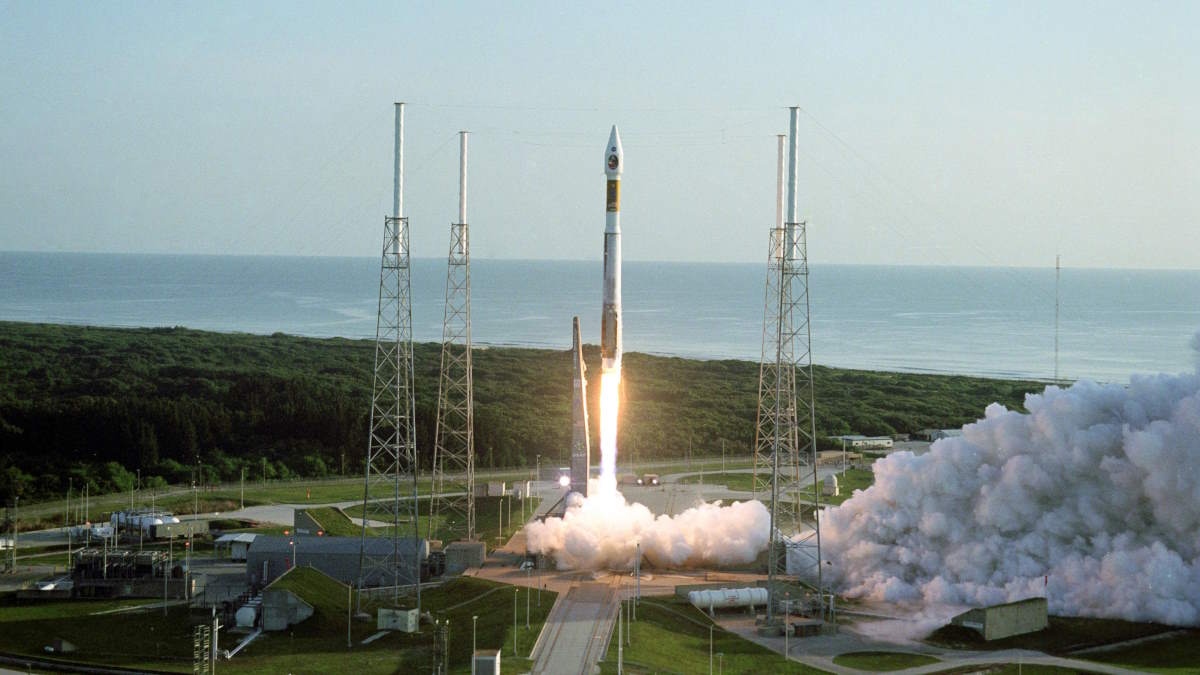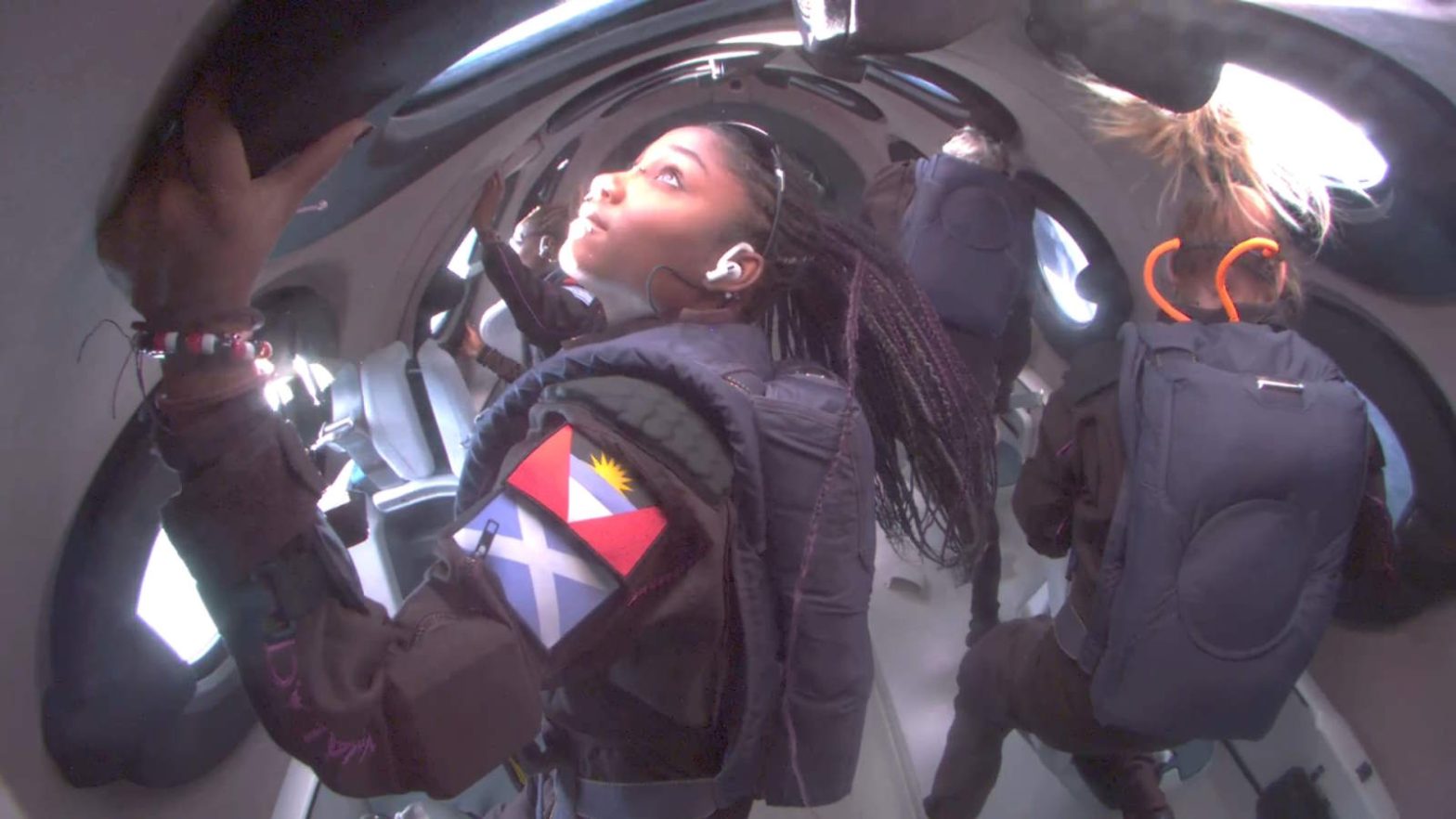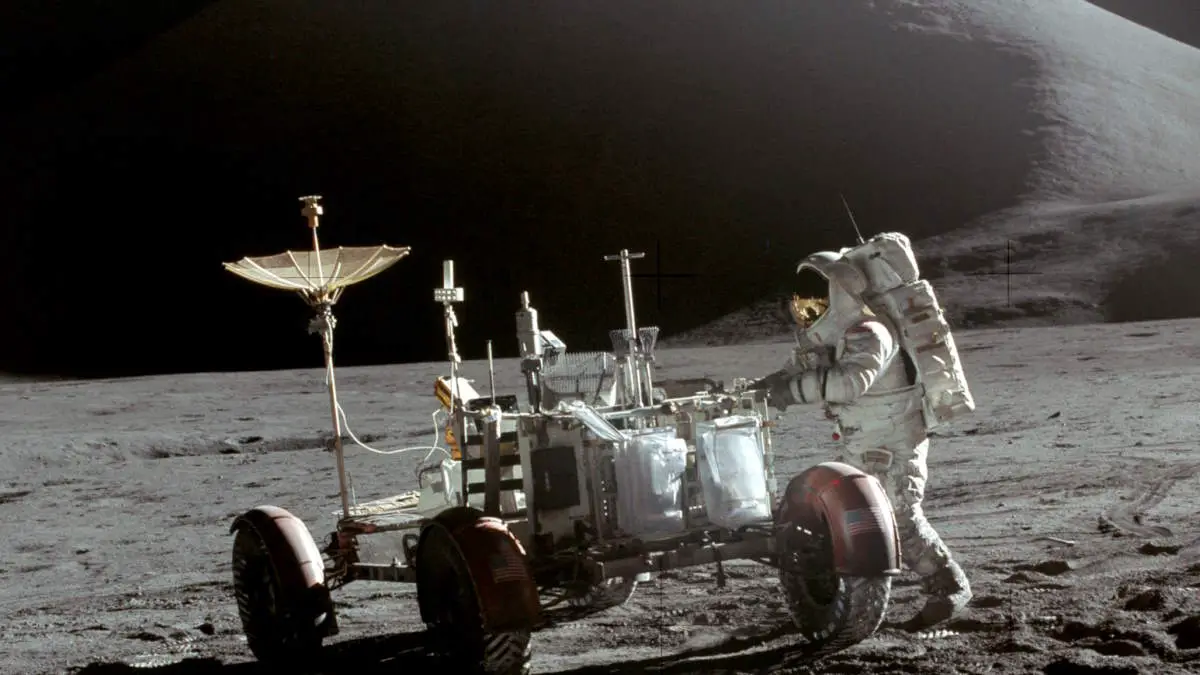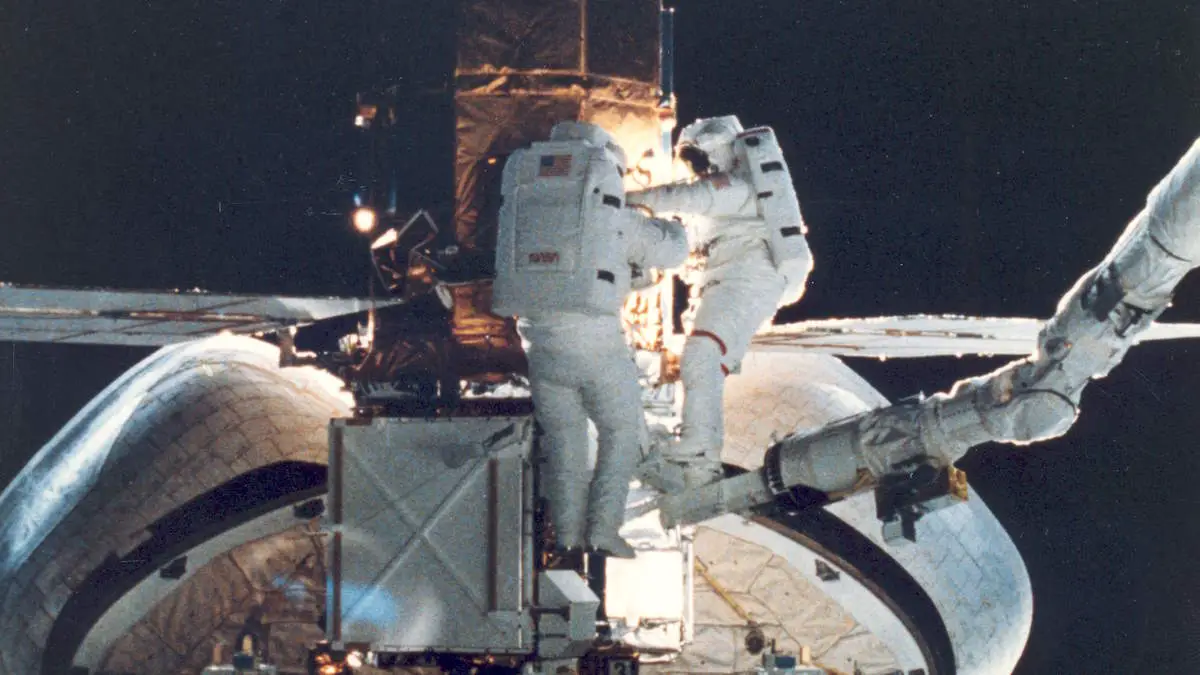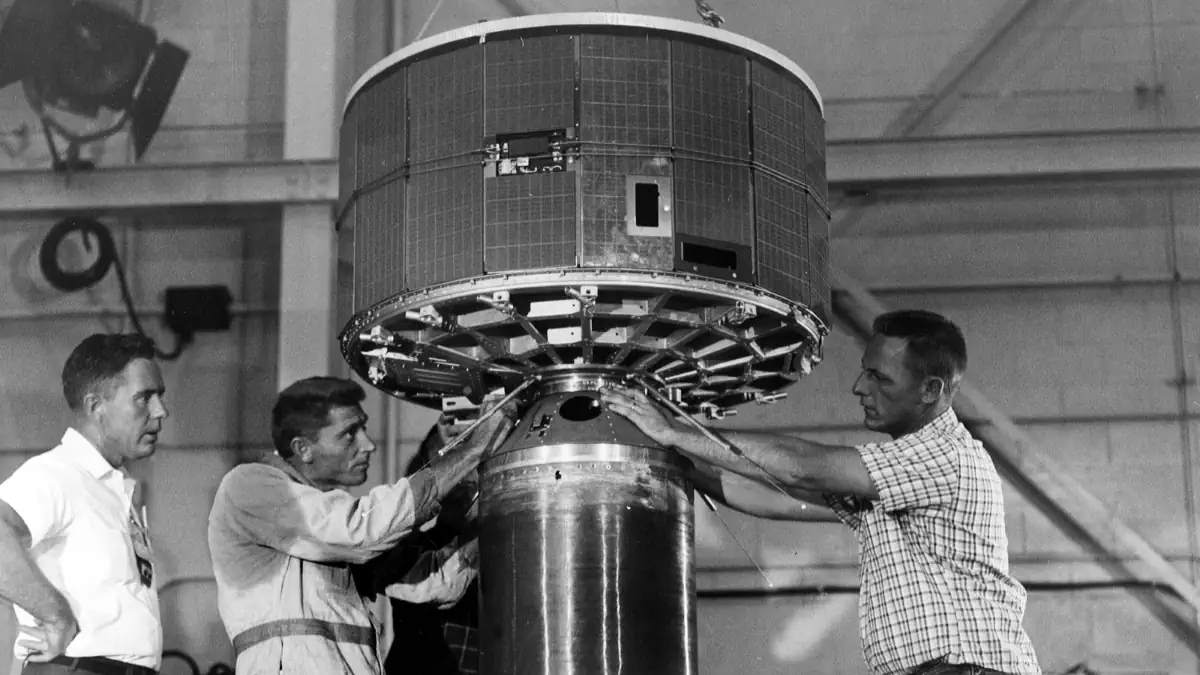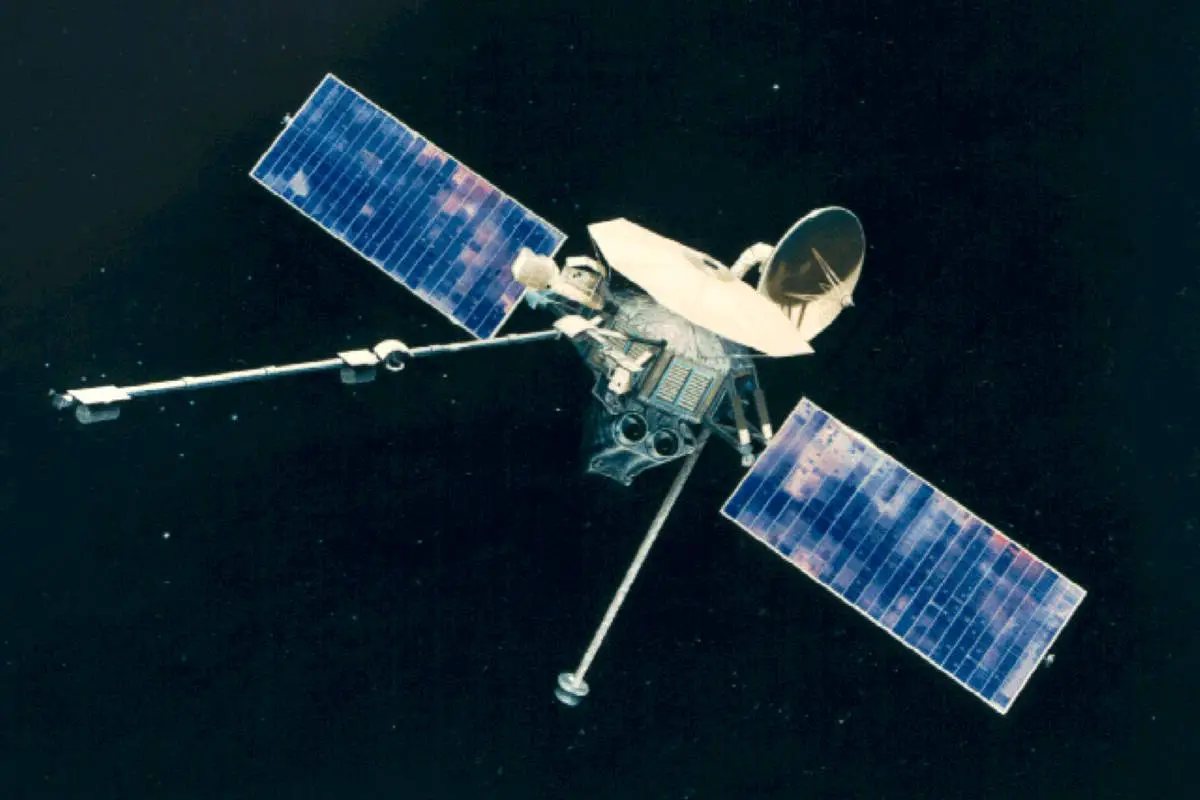The Lunar Roving Vehicle (LRV), an engineering feat designed for lunar exploration, played a crucial role in the later Apollo missions. Given its delicate structure and the unique challenges of the Moon’s surface, astronauts were instructed to handle the LRV with utmost caution. The vehicle, powered by a modest 1 horsepower, initially had a speed limit of 8 mph (12.87 km/h) to ensure safety during lunar excursions, recognizing that mechanical or medical help was a quarter of a million miles away on Earth.
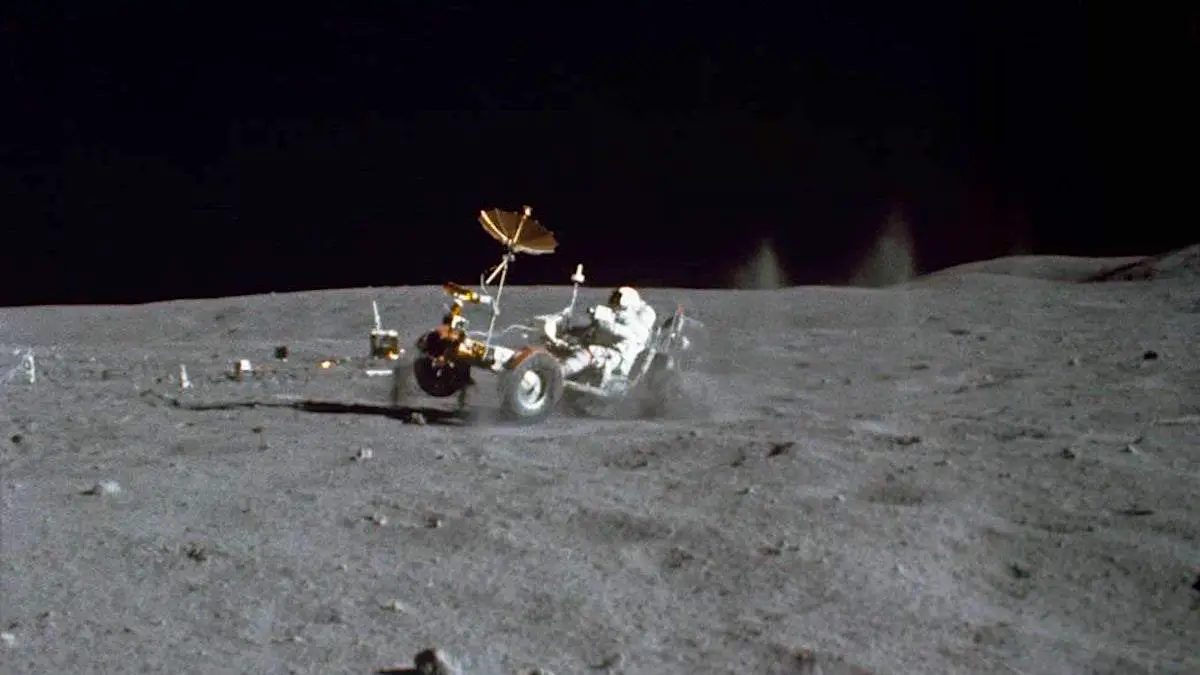
![Apollo 17 EVA-3 [December 13, 1972] - the last moonwalk](https://cdn-0.ourplnt.com/wp-content/uploads/2023/12/Last-Moonwalk-Apollo-17-EVA-3.jpg)

